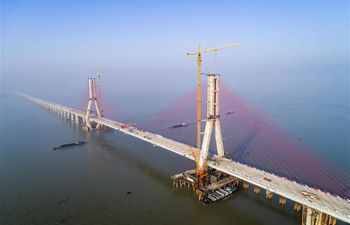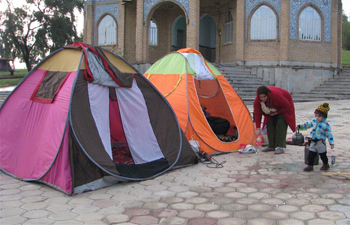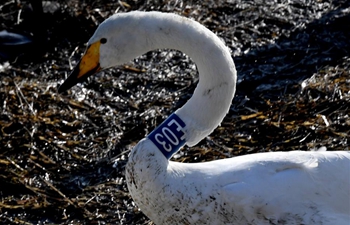NAIROBI, Nov. 28 (Xinhua) -- Kenya must adopt innovative practices to promote sustainable management of inland fresh water, conservationists said on Wednesday, the final day of a three-day blue economy conference in Nairobi.
Lillian Nyaega, program officer at Wetlands International, said that healthy fresh water ecosystems have a direct bearing on the growth of blue economy that seeks to promote food security, trade and water based transportation.
"The inland water bodies like rivers, fresh water lakes and catchment basins have a major contribution to the blue economy. They are interconnected with oceans where the bulk of blue economic activities take place," said Nyaega.
She emphasized that conservation of fresh water bodies is key to maintaining the ecosystem balance required to enhance growth of blue economic pillars like fisheries and manufacturing.
"Actions that are taken at the upstream will impact on the health of oceans. We should therefore look at the blue economy from a holistic approach," said Nyaega, adding that sound policies are required to promote sustainable water use amid threats linked to climate change and rapid population growth.
Kenya hosted the world's first ever blue economy summit that was attended by dozens of heads of state or government, ministers, industry leaders and grassroots campaigners.
The summit sought to reactivate a global conversation on the prudent use of inland water sources, oceans and mangroves to achieve food and energy security as well as climate resilience.
Nyaega said that Kenya is in a vantage position to become a blue economy powerhouse on the back of policy reforms and awareness creation.
"We require better planning and sound policies to enable communities to harness ocean resources in a sustainable manner. Natural capital accounting will ensure coastal communities place value on restoration of mangroves that are breeding site for fish," said Nyaega.
She urged greater community involvement to ensure implementation of blue economy projects is transparent and has minimal risk to the environment.













